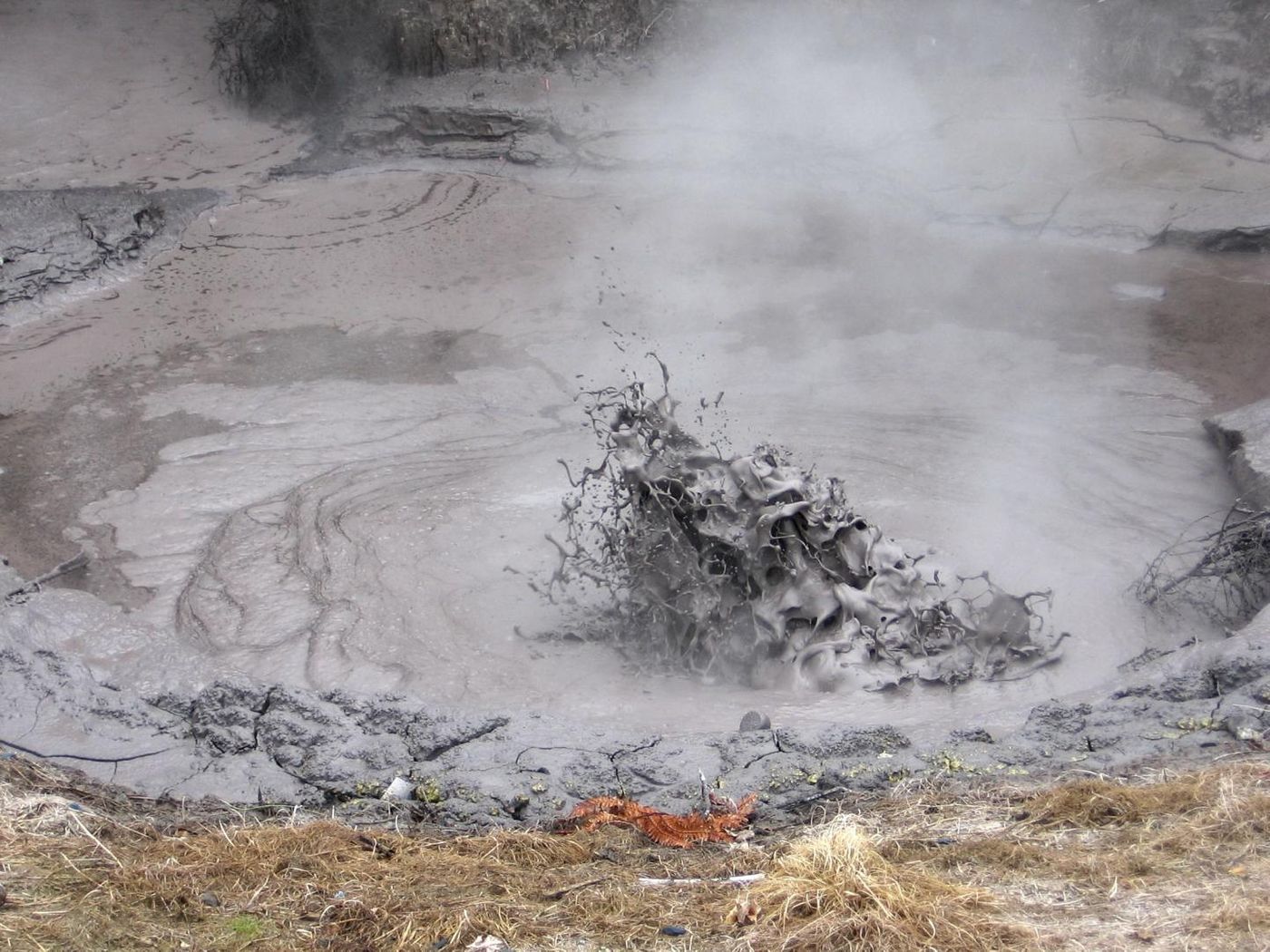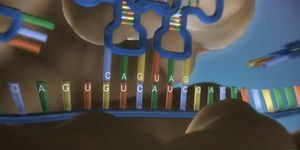Link Between Ancient Cells Sheds Light on the Origins of Life
Microbes ruled the ancient world, and complex animals trace back to those unicellular organisms. Bacteria and archaea are thought to have evolved about 3.5 billion years ago, and eukaryotes came along about one billion years after that. Eukaryotes may have evolved when bacteria and archaea cells merged and began to generate other forms of life, or cells may have slowly become more complex over time as some of them started to come together.
For example, the powerhouse of eukaryotic cells (which make up animals, plants and fungi) is an organelle known as the mitochondria, and it's been suggested that the mitochondria may have originated from a unicellular organism that entered another one and took up residence there. The theory is known as the endosymbiotic origin of mitochondria.
Now researchers have found another connection that may provide new insight into how the process of cell division began, which is essential to the survival of complex life.
Reporting in Science, a team of investigators studied the dynamics of cell division in a microbe called Sulfolobus acidocaldarius. It's classified as an archaea, and lives in acidic hot springs that are about 75 degrees Celsius. The researchers have now identified a common mechanism in eukaryotic and archaeal cell division, connecting the two forms of life.
The proteasome (shown in the video above) is a complex of proteins that is known to dispose of cellular trash. It's also involved in cell division in S. acidocaldarius; it selectively breaks down certain proteins, regulating the process of cell division in the microbe. This work is the first report of proteasomal regulation of cell division in archaea. It's already been established that the proteasome is crucial to controlling cell division in eukaryotes.
This work seems to suggest that at some point in the ancient history of life on our planet, an archaeal cell contributed the proteasome and its control of the cell cycle to more complex organisms.
Sources: AAAS/Eurekalert! via Lancaster University, Science









